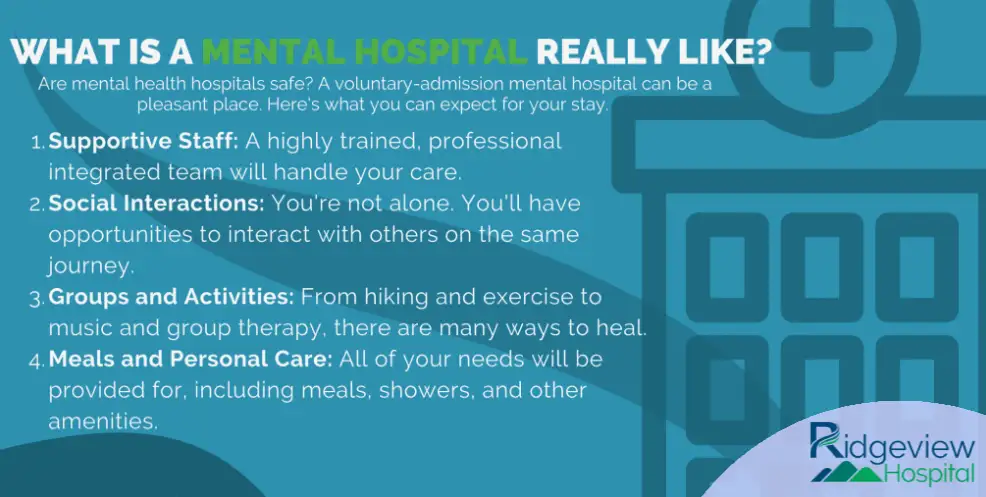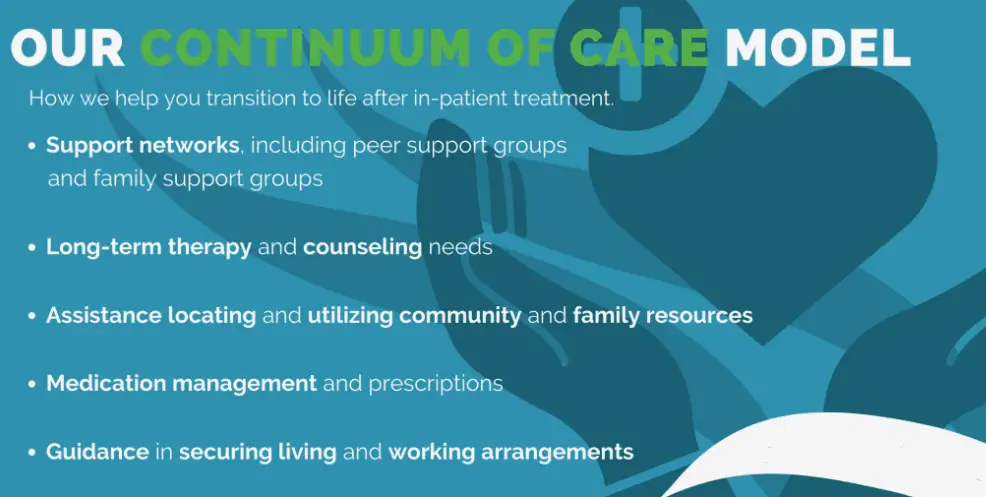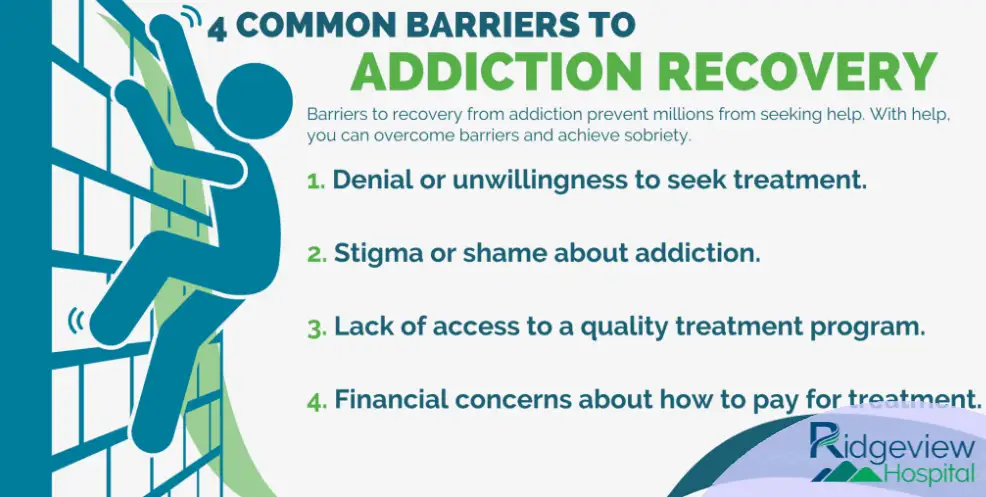Fentanyl, like many other opioids, has ravaged Ohio communities for years. But with the coronavirus pandemic and the increasingly common practice of lacing drugs with fentanyl, this synthetic opioid has become deadlier than ever. New data analysis from Families Against Fentanyl shows that among Americans aged 18 to 45, fentanyl is the most common killer, above both suicide and COVID-19.
Fatal fentanyl overdoses are now so common that one happens in America every eight and a half minutes, which means 175 people dead from fentanyl poisoning every day. But how has fentanyl gotten so out of control? And how can you help someone who may be in danger of a fatal overdose? The first step in securing answers is to look at the latest data from the Centers for Disease Control and Prevention.
Fentanyl Overdose Statistics

If you’ve been following local news in Ohio, then you know that fentanyl is not a new phenomenon. For years, fentanyl overdoses have cost countless lives. But new data shows that 2020 saw explosive growth with this unsettling trend.
In 2019, fentanyl silently moved into the place of the leading cause of death among ages 18-45, just barely surpassing suicide. For context, suicide took roughly 21,000 lives in 2019, compared to approximately 22,000 deaths from fentanyl poisoning. But in 2020, one of these numbers changed substantially. Suicide increased, but only minorly. On the other hand, deaths by fentanyl overdose increased to more than 35,000 in 2020.
It would be easy to say that this is a result of people becoming increasingly dependent on drugs in general, but the numbers don’t seem to back that up. In fact, fentanyl overdoses account for 64% of total drug fatalities. To better understand why, we have to look into how people are acquiring and taking fentanyl.
Why Are Fentanyl Overdose Rates So High?
Drug abuse and addiction are complicated issues, so it’s no surprise that there are a myriad of reasons why fentanyl poisoning has become so rampant. But first, let’s start with what is perhaps the most obvious cause of this increase—the coronavirus pandemic.
COVID-19
The Centers for Disease Control and Prevention report that increased feelings of stress, anger, sadness, and other negative emotions are normal during the pandemic. And unfortunately, all of these emotions can give rise to addiction. This is particularly true when a mental health issue is present.
When an individual presents with symptoms of a mental health condition, drugs and alcohol make for easy, simple coping mechanisms. On the surface, they can take away negative feelings temporarily and offer relief when it feels like nothing else can. But the longer someone uses them, the more they become dependent, both physically and mentally.
Over time, individuals may develop co-occurring substance use disorders. This means they started with a mental health issue, but by relying on drugs or alcohol to cope, also developed a substance abuse problem. These situations are tricky, since specialized dual diagnosis treatment is often necessary to treat both aspects of this problem. Without that, people feel that they have no choice but to keep using, which leads to fentanyl poisoning.
Of course, fentanyl was a growing problem before the coronavirus popped up. And that was largely because of dealers lacing their other products with fentanyl, often without customers knowing.
Drug Lacing
Across the United States, fentanyl lacing has greatly contributed to fatal overdoses. Since fentanyl is so strong and cheap to make, dealers add it to other, more expensive drugs to cut down on their costs. Fentanyl has been found to be laced into essentially every black market drug, including:
- Cocaine
- Heroin
- Oxycontin
- Xanax
- Ecstasy
When someone takes fentanyl without realizing it, they often find themselves in mortal danger. Not only is there no way to know what’s in the fentanyl or how it was prepared, but without knowing what they’re taking, people cannot take protective measures to lower their risk of overdose. After all, why would someone who just purchased cocaine try to slow down their use to avoid an opioid overdose?
Clearly, there is no shortage of danger surrounding fentanyl. And given how common fatal fentanyl poisoning has become, it’s important to know what to do if you or someone you love needs help.
How to Safely Quit Opioids in Ohio

Someone who wants to quit may feel tempted to go it alone, but trying to quit drugs on your own is dangerous. This is partially due to withdrawal symptoms, which can include vomiting, severe anxiety, and intense abdominal cramping, to name a few. While these are not deadly, an individual’s reaction to them can be. People often feel they have no choice but to take more drugs to get rid of the withdrawals, and being in such an addled state can make it hard to take a less dangerous dose.
For these reasons, you’re better off starting with a medical detoxification program. Here, a team of addiction specialists and healthcare providers will monitor you 24/7 until the withdrawals have completely passed. Not only does this keep you from relapsing, but by treating withdrawal symptoms in a medical setting, you will be kept safe and comfortable during this vulnerable period of drug addiction recovery.
From there, most people will want to transition to a dual diagnosis program. Detox tackles the physical side of addiction, but underestimating the strength of a mental addiction is a recipe for relapse. It takes long-term commitment to stay free from opioids, and inpatient dual diagnosis treatment is where you’ll develop foundational skills that will guide you throughout your recovery journey.
If You Are Considering Rehab
More than anything, patients need to know that they will receive the best possible care. It’s important to remember that the care you need today may be different from the care you need tomorrow. There are many types of therapy available at Ridgeview Behavioral Hospital, so reach out if you need assistance in the Middle Point, Ohio area.
Call (419) 949-8590 to speak with one of our treatment specialists and learn more about our programs. Take our 😍 Mental Health Assessment or our 😵 Addiction Test.





















